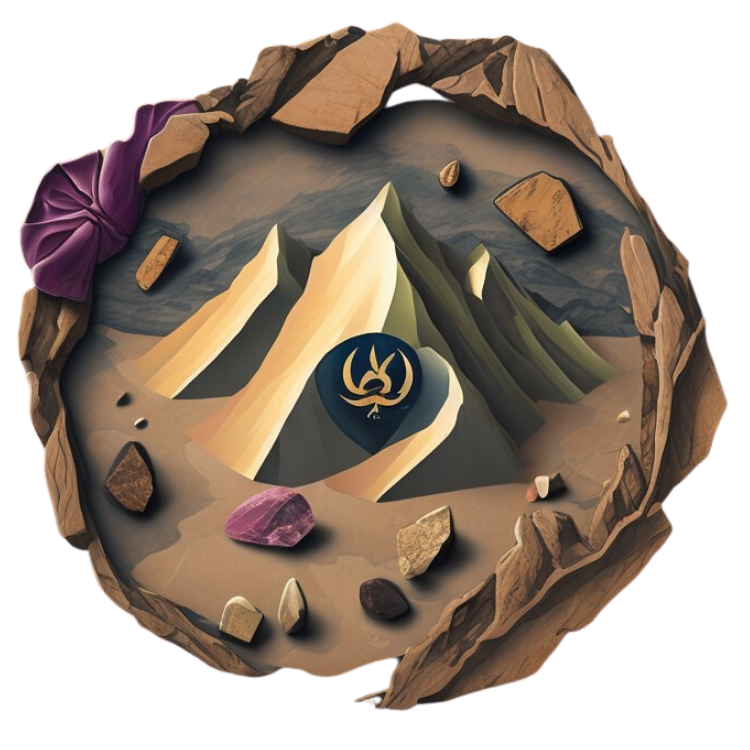Birthstone Chart: Discover Your Birthstone's Magic & Where to Find It in Nature
Have you ever wondered why people cherish their birthstones? These dazzling gems aren't just pretty—they're steeped in centuries of lore, luck, and legend. Ancient civilizations believed birthstones held mystical powers, from warding off evil to attracting love and prosperity. Today, they're timeless symbols of identity, making them perfect for jewelry, healing, or even treasure hunting in the wild!
For rockhounds and gem lovers, birthstones take on a whole new adventure. Imagine unearthing your birthstone from the earth—holding a piece of the planet that's uniquely tied to you. This guide isn't just a list; it's your ultimate birthstone map, blending history, meaning, and real-world rockhounding tips to help you discover these gems in nature.
Ready to explore? Let's dig in!
Now, let's get to the good stuff: your Birthstone Chart, packed with rockhounding secrets!
Why Birthstones? A Quick Journey Through Time
- Ancient Origins: The idea of birthstones traces back to the Breastplate of Aaron (Biblical times), where 12 gems represented the 12 tribes of Israel.
- Zodiac Connections: Later, gemstones were linked to astrological signs, with people wearing them to harness celestial energy.
- Modern Tradition: In 1912, jewelers standardized the list we know today, but many months have multiple stones (traditional, modern, and regional variations).
- Rockhounder's Bonus: Unlike store-bought gems, finding your birthstone in the wild makes it even more special—a true gift from the Earth!
Birthstone Chart: Find Your Stone & Where to Hunt It
💎 Fun Fact: The "modern" birthstone list was created in 1912 by the National Association of Jewelers to standardize gems for commercial use—but traditional lists vary wildly! For example, ancient Hindus linked birthstones to celestial bodies, while medieval Europeans wore all 12 gems year-round for protection.
| Month | Traditional Birthstone | Modern Birthstone | Alternative Birthstones | Rockhounding Tips |
|---|---|---|---|---|
| January | Garnet (deep red) | Garnet | Rose Quartz, Ruby | Where to find: Almandine garnets in Idaho's Emerald Creek, New York's Barton Mine. Tip: Check river gravels! |
| February | Amethyst (purple) | Amethyst | Onyx, Jade |
Best spots: Arizona's Four Peaks, Brazilian geodes. Look for: Hollow basalt rocks. |
| March | Bloodstone (dark green/red) | Aquamarine | Jasper, Red Coral |
Aquamarine hotspots: Mount Antero, CO. Bloodstone: Lake Superior shores. |
| April | Diamond (clear) | Diamond | Quartz, White Topaz |
Public digs: Arkansas' Crater of Diamonds. Screening: Use wet sifters for micro-gems. |
| May | Emerald (green) | Emerald | Chrysoprase, Agate |
Hidden veins: North Carolina's Hiddenite. Warning: Emeralds often hide in mica schist! |
| June | Pearl (organic) | Alexandrite | Moonstone, Agate |
Freshwater pearls: Mississippi River tributaries. Alexandrite: Rare—try Maine's gem fields. |
| July | Ruby (red) | Ruby | Carnelian, Sardonyx |
USA digs: North Carolina's Cowee Valley. Abroad: Thailand's basalt flows. |
| August | Sardonyx (banded) | Peridot | Spinel, Amazonite |
Peridot: Arizona's San Carlos Reservation. Sardonyx: India's Deccan Traps. |
| September | Sapphire (blue) | Sapphire | Lapis Lazuli, Iolite |
Montana's treasure: Yogo Gulch sapphires. Panning: Gravel bars in Missouri River. |
| October | Opal (iridescent) | Tourmaline | Pink Topaz, Beryl |
Opal hotspots: Nevada's Virgin Valley. Tourmaline: Southern California pegmatites. |
| November | Citrine (yellow) | Topaz | Smoky Quartz, Tigereye |
Citrine: Brazil's Rio Grande do Sul. Topaz: Utah's Thomas Range. |
| December | Turquoise (blue-green) | Zircon, Tanzanite | Lapis, Blue Topaz |
Turquoise: Nevada's Kingman Mine. Zircon: Australia's alluvial deposits. |

January: Garnet
Color: Deep red (most common), but also green, orange, and purple varieties
Symbolism: Protection, strength, and eternal friendship. Ancient warriors carried garnets as talismans.
Where to Find Garnet:
- USA: Idaho's Emerald Creek garnet area (famous for star garnets), New York's Adirondack Mountains
- Worldwide: India, Madagascar, and Sri Lanka's riverbeds
Fun Fact: Garnets form in metamorphic rocks and are often found in mica schist.
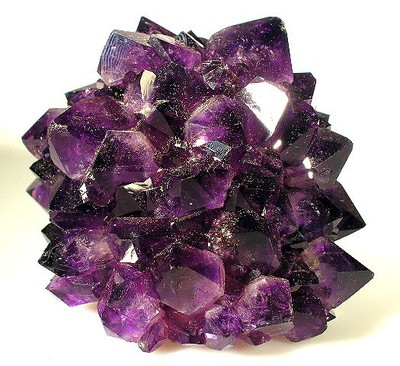
February: Amethyst
Color: Pale lilac to deep violet
Symbolism: Sobriety, peace, and spiritual wisdom. Greeks believed it prevented intoxication.
Where to Find Amethyst:
- USA: Arizona's Four Peaks Mine, North Carolina
- Worldwide: Brazil's massive geodes, Uruguay's Artigas region
Rockhounding Tip: Look for hollow basalt rocks - amethyst often forms in volcanic geodes.
March: Aquamarine & Bloodstone
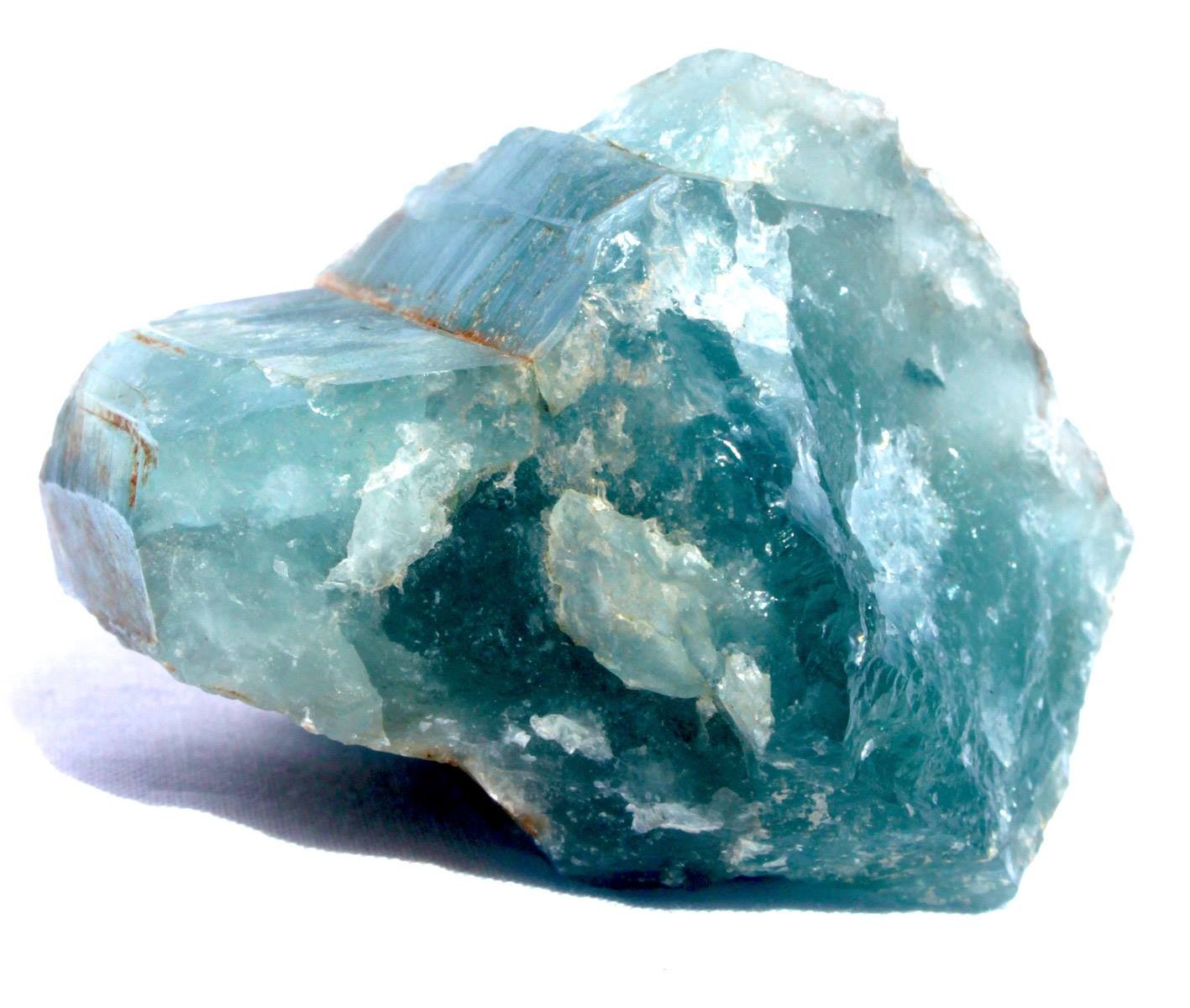
Aquamarine
Color: Pale blue to sea-green
Symbolism: Courage and sailor's protection. Believed to calm waves in ancient lore.
Where to Find Aquamarine: Colorado's Mount Antero, Brazil's Minas Gerais
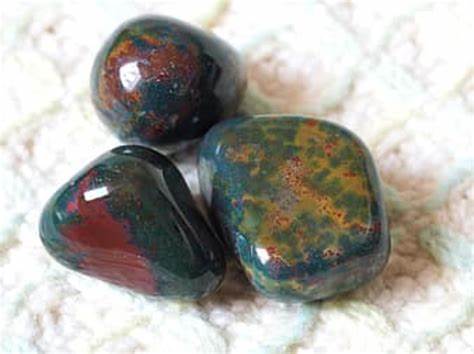
Bloodstone
Color: Dark green with red speckles
Symbolism: Healing and strength. Medieval warriors carried it to stop bleeding.
Where to Find Bloodstone: India's Deccan Plateau, Australia, Lake Superior shores

April: Diamond
Color: Colorless (most prized), also yellow, brown, blue
Symbolism: Invincibility and eternal love. Only gem made of pure carbon.
Where to Find Diamond:
- Public digging: Arkansas' Crater of Diamonds State Park
- Worldwide: South Africa, Russia's Mir Mine
Pro Tip: Screen gravel in volcanic pipes (kimberlite deposits).
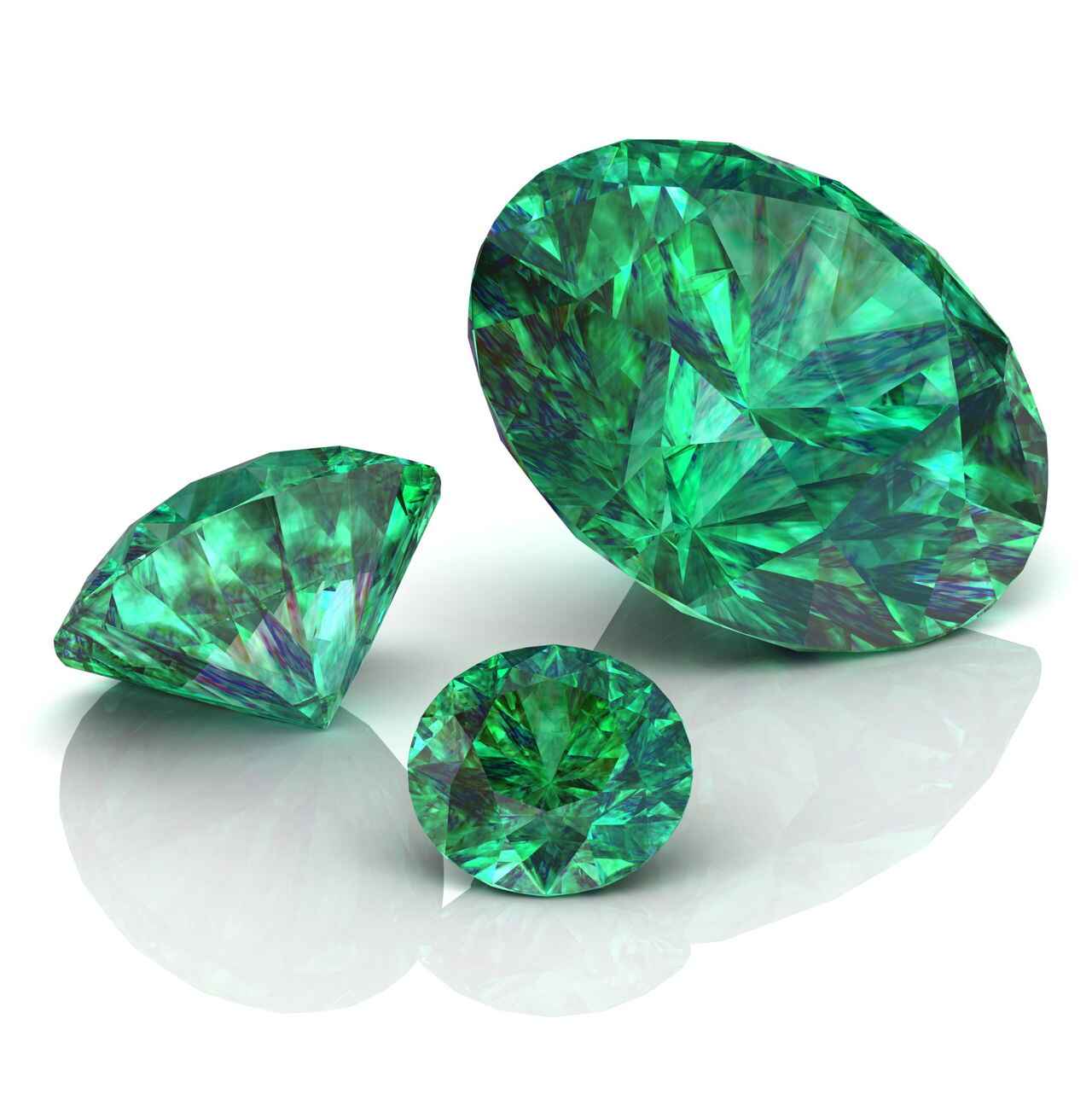
May: Emerald
Color: Vibrant green (from chromium)
Symbolism: Rebirth and fertility. Cleopatra's favorite gem.
Where to Find Emerald:
- USA: North Carolina's Hiddenite
- Worldwide: Colombia's Muzo mines (finest quality)
Warning: Emeralds are brittle - they often have inclusions ("jardin").
June: Pearl & Alexandrite
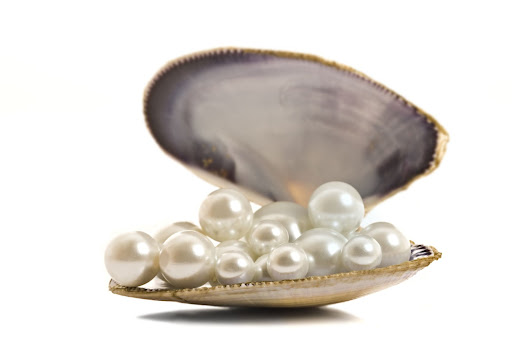
Pearl
Color: White, pink, black, golden
Symbolism: Purity and wisdom. The only gem created by living organisms.
Where to Find Pearl: Freshwater pearls in Mississippi River tributaries
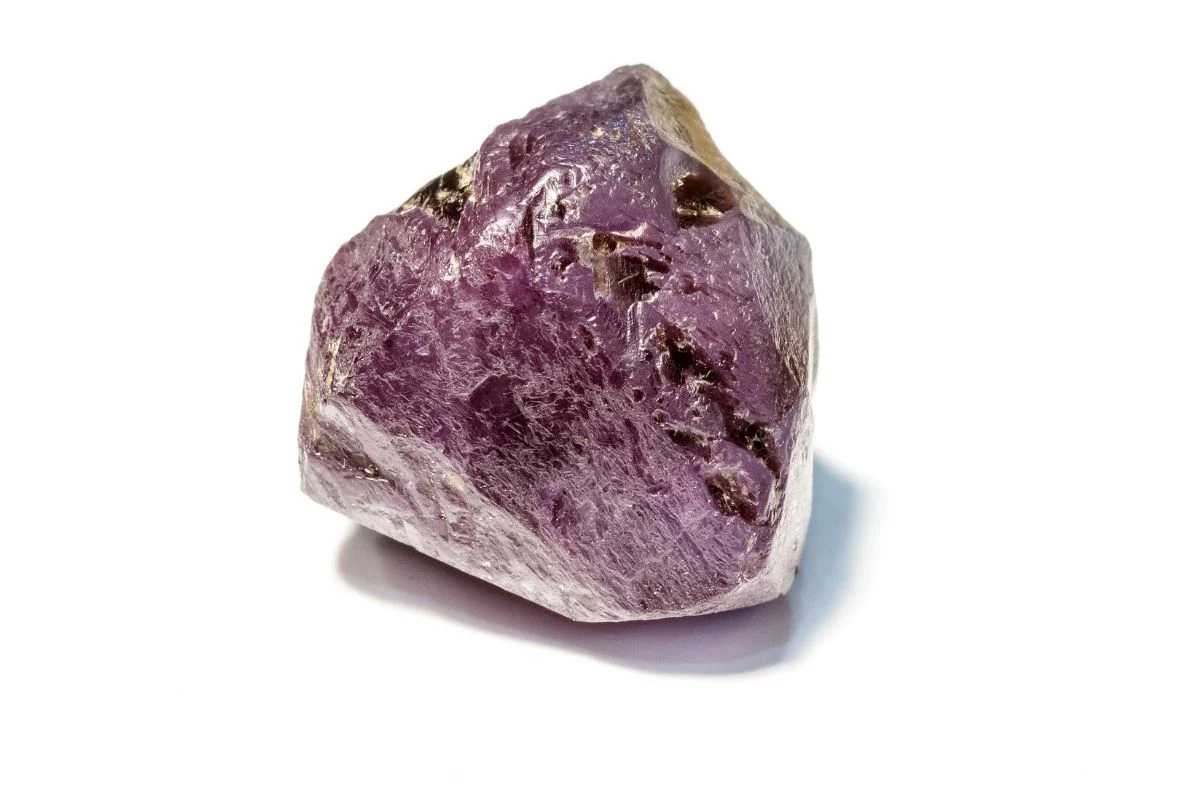
Alexandrite
Color: Color-changing (green in daylight, red under incandescent light)
Symbolism: Balance and intuition. Extremely rare in nature.
Where to Find Alexandrite: Maine's gem fields (rare), Russia's Ural Mountains

July: Ruby
Color: Blood-red (from chromium)
Symbolism: Passion and protection. Considered the "king of gems" in Asia.
Where to Find Ruby:
- USA: North Carolina's Cowee Valley
- Worldwide: Myanmar's Mogok Valley
UV Fun: Rubies fluoresce under UV light!
August: Peridot & Sardonyx

Peridot
Color: Lime green to olive
Symbolism: Solar power and cleansing. Formed in magma and meteorites!
Where to Find Peridot: Arizona's San Carlos Reservation, Hawaii's beaches
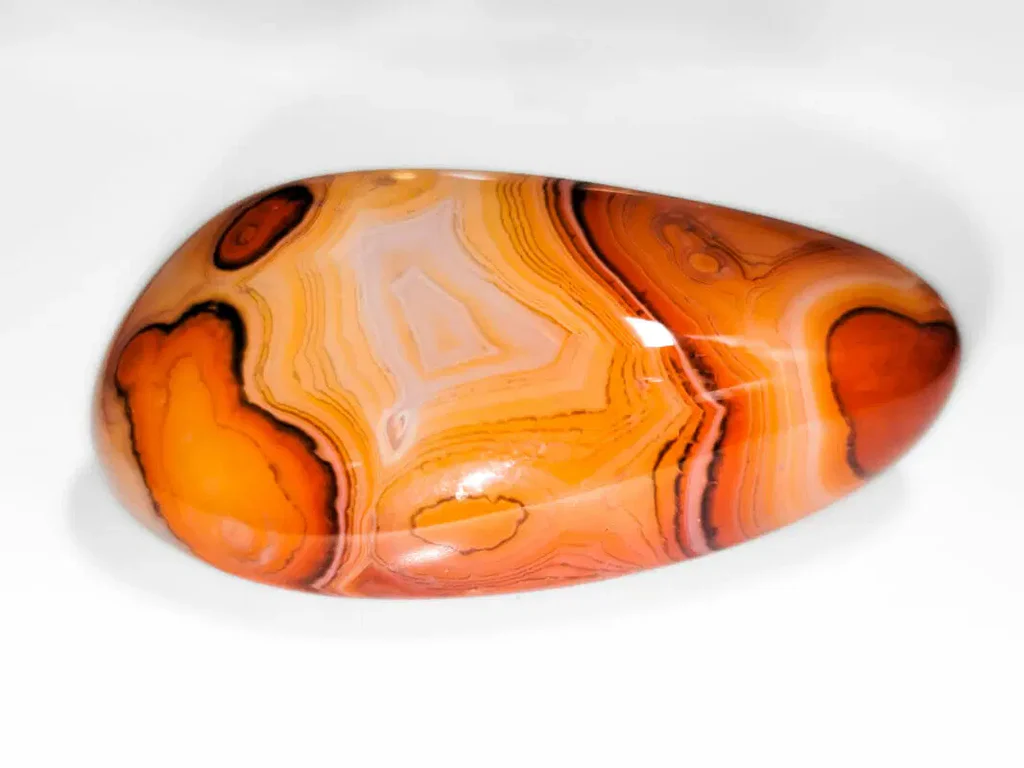
Sardonyx
Color: Banded red and white
Symbolism: Eloquence and courage. Popular in Roman signet rings.
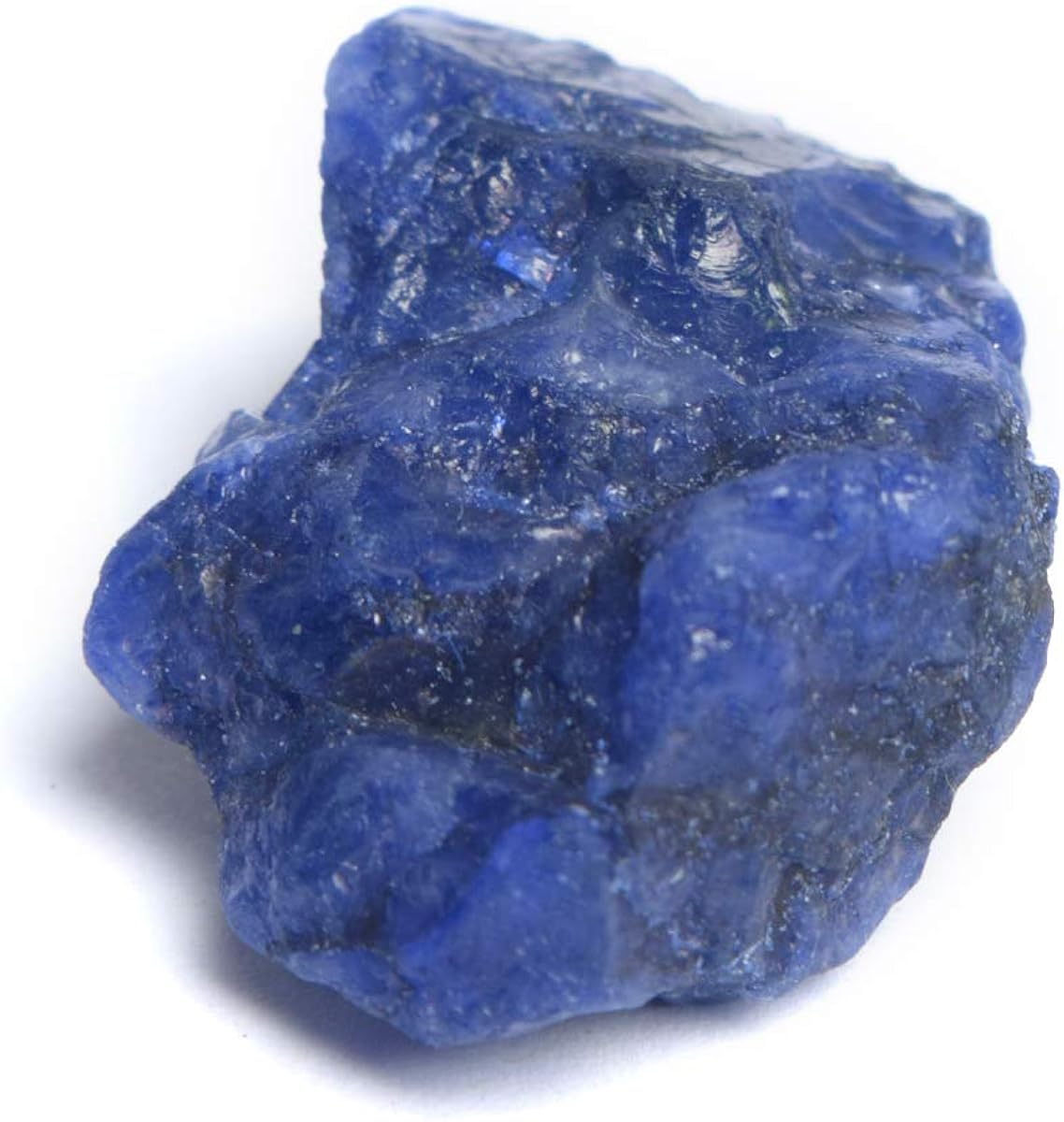
September: Sapphire
Color: Blue (most classic), also pink, yellow, white
Symbolism: Wisdom and divine favor. Medieval clergy wore blue sapphires.
Where to Find Sapphire:
- USA: Montana's Yogo Gulch
- Worldwide: Sri Lanka's river gravels
Pro Tip: Screen gravel bars with 1/4" mesh.
October: Opal & Tourmaline

Opal
Color: Rainbow iridescence ("play-of-color")
Symbolism: Creativity and hope. Aboriginal Australians believe opals formed where the creator touched the earth.
Where to Find Opal: Nevada's Virgin Valley, Australia's Lightning Ridge
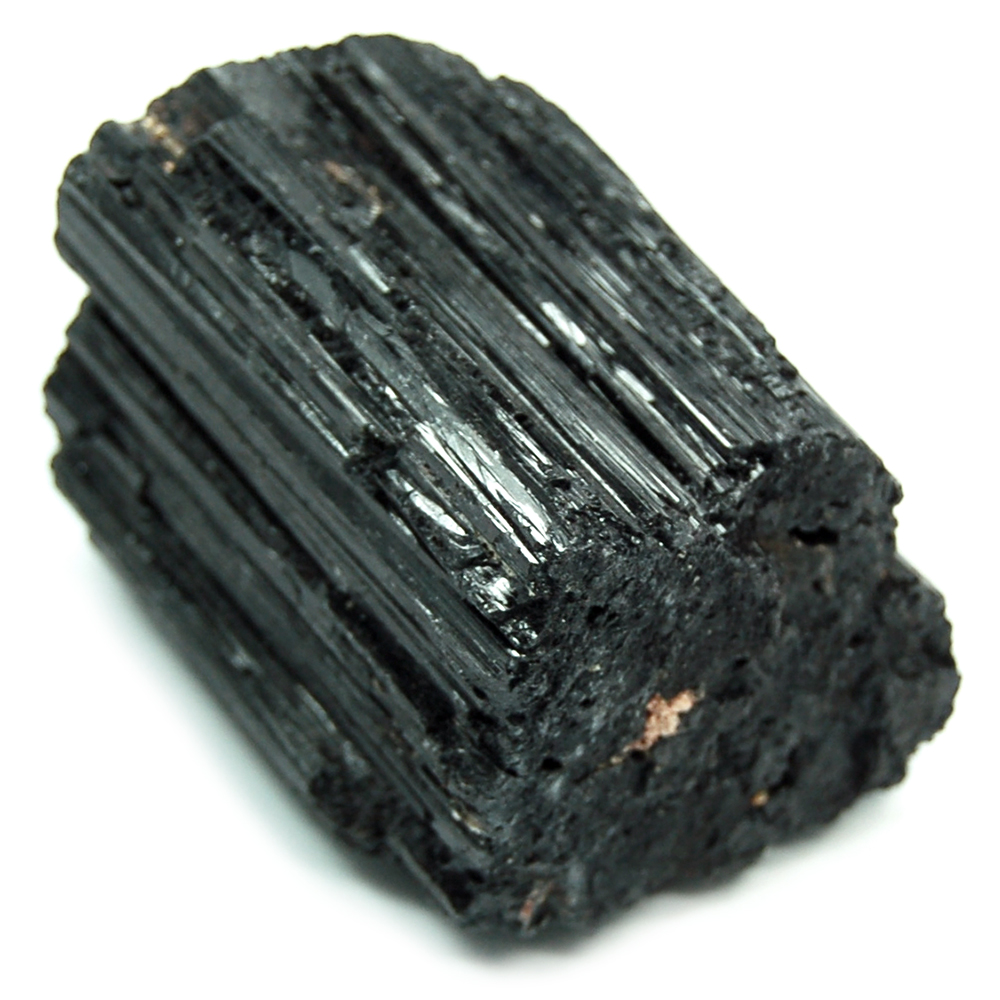
Tourmaline
Color: All colors (watermelon variety is prized)
Where to Find Tourmaline: Southern California's Himalaya Mine
November: Citrine & Topaz

Citrine
Color: Yellow to orange-brown
Symbolism: Sunshine and abundance. Natural citrine is rare - most is heat-treated amethyst.

Topaz
Color: Blue (most common), also imperial orange
Where to Find Topaz: Utah's Thomas Range, Brazil's Ouro Preto
December: Turquoise & Zircon

Turquoise
Color: Blue-green with matrix
Symbolism: Good fortune. Used by Native Americans for sacred carvings.
Where to Find Turquoise: Nevada's Kingman Mine, Arizona

Zircon
Color: Blue, brown, colorless
Fun Fact: The oldest mineral on Earth (4.4 billion years old)!
How Birthstones Are Used: From Ancient Rituals to Modern Science
-
Jewelry & Adornment
Historical Significance:
- Egyptians: Wrapped lapis lazuli (December alternative) around mummies as "protection money" for the afterlife.
- Victorians: Used coded "acrostic jewelry" (e.g., a ring with garnet, emerald, amethyst, ruby, diamond = "GEARD" for "guard").
Modern Trends:
- Stackable rings: Mixing birthstones of family members (e.g., mom's garnet + child's sapphire).
- Raw vs. polished: Rockhounds increasingly set uncut stones (like Arkansas diamonds) in rustic settings.
-
Healing & Metaphysical Practices
Evidence-Based Notes:
- Amethyst (February): NASA studied its potential to reduce cosmic radiation (though unproven).
- Carnelian (July alternative): Used in ancient Babylonian blood-staunching powders (likely placebo effect).
Modern Crystal Therapy:
- Grids: Arranging birthstones by chakra points (e.g., emerald over heart).
- Elixirs: Non-toxic stones like rose quartz (January alternative) soaked in moonwater.
-
Industrial & Scientific Uses
- Diamond (April): Cutting tools, quantum computing components.
- Quartz varieties (June, November): Oscillators in watches, radios (piezoelectricity).
- Garnet (January): Sandblasting abrasive (Mohs 7-7.5 hardness).
Birthstones Around the World: Cultural Variations & Mining Histories
Regional Birthstone Traditions
| Region | Unique Birthstone | Why? | Rockhounding Connection |
|---|---|---|---|
| Tibet | Dzi bead (agate) | Protection from evil eye | Found in Himalayan riverbeds |
| Māori (NZ) | Pounamu (greenstone) | Ancestral ties | Only sourced from South Island rivers |
| Russia | Charoite (December) | National gem of Siberia | Mined exclusively in Sakha Republic |
Controversies & Changes
- Colonial influence: Many countries adopted the Western 1912 list despite local traditions (e.g., India's navaratna system).
- Ethical shifts: Some jewelers now avoid Burmese rubies (July) due to human rights concerns.
General Rockhounding & Gem Mining Tips for Birthstones
Field Guide Essentials
Tools by Stone Type:
- Soft stones (pearls, turquoise): Soft-bristle brushes, mesh screens.
- Hard stones (diamonds, sapphires): Rock hammer, UV light (for fluorescing rubies).
Geology Clues:
- Pegmatites: Hunt for aquamarine (March), tourmaline (October) near granite.
- Alluvial deposits: Garnets (January) in river gravels ("stream placer mining").
Ethical & Legal Considerations
- Public vs. private land: BLM claims (USA) vs. protected indigenous sites (e.g., NZ pounamu).
- Sustainability: Fill dug holes, avoid damaging geodes (amethyst habitats).
Prospecting Hotspots
US Focus:
- Emerald (May): Hiddenite, NC (rare in-situ finds).
- Opal (October): Virgin Valley, NV (require wet digging).
Global Gems:
- Alexandrite (June): Brazil's hematite-rich zones.
- Zircon (December): Australian creek beds.
Safety Note: Never mine alone—bring a buddy and GPS! Some birthstone sites (like Arizona peridot) are in extreme climates.
